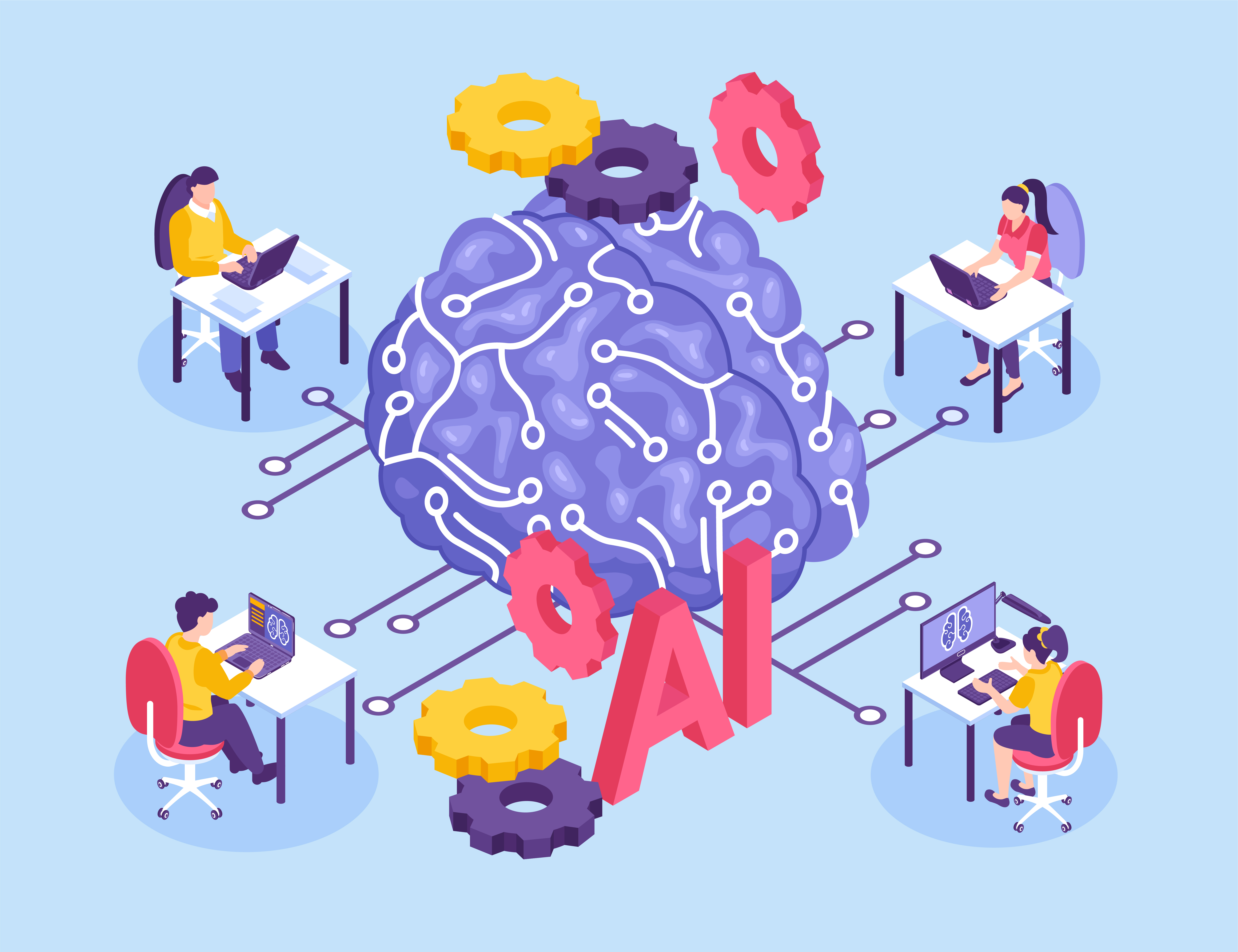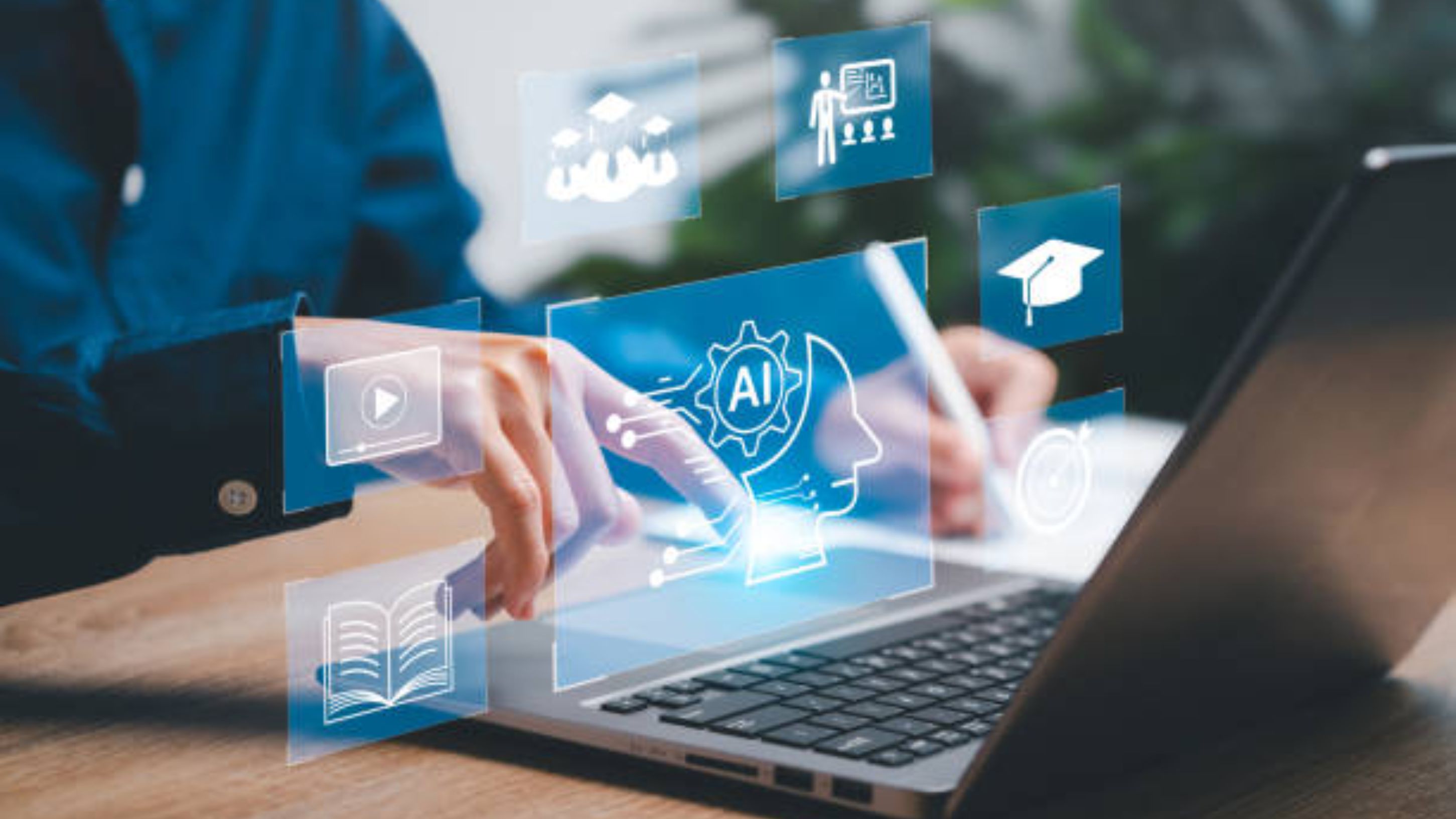In today’s hyper-competitive business environment, companies and organizations are constantly searching for ways to gain an edge in their market, and machine learning has emerged as a game-changing technology that can provide businesses with a significant advantage.
This technology is kind of new, and not a lot of people know about it. For those who have no clue what it is about, machine learning is a data-driven approach to problem-solving that allows computers to learn from data and make predictions based on that learning. The potential of machine learning is vast and it is capable of helping out businesses in a variety of ways.
The thing is, with machine learning, companies can better understand their customers and their needs, which can automate tedious and time-consuming tasks, and make more informed and accurate decisions.
Despite its many benefits, machine learning can still seem like a daunting and complex field, and not a lot of people know how it could benefit their business, which is why in this article we are going to explore how ML works, what benefits it can provide to businesses, and how it can be implemented in your organization.
So, if you’re interested in unlocking the full potential of your business data, read on to learn how machine learning technologies can help take your business to the next level.
What Is Machine Learning?
Before we talk about how it could benefit your business, it is necessary to understand what machine learning is.
In easy-to-understand terms, machine learning is a type of technology that allows computers to learn from data and make predictions based on what they’ve learned. In short, it is a way for machines to teach themselves how to do things without being explicitly told how.
If you’re wondering how that happens, machine learning works by using algorithms to analyze data, identify patterns and make predictions based on what it has learned. In more detail, the machine learning process involves four key steps:
Data collection
In order to work properly, machine learning needs large amounts of data to learn from. The more data the machine has to learn from, the more accurate its predictions will be.
Data preparation
Once the data has been collected, it needs to be prepared so that it can be analyzed by ML algorithms. This process involves cleaning and organizing the data to remove errors and inconsistencies.
Training
In this stage, the machine learning algorithm is fed the prepared data to learn from. The algorithm analyzes the data to identify patterns and then creates a model that can be used to make predictions while removing errors and making sure that there are no inconsistencies.
Testing
Once the algorithm has been trained, it needs to be tested to ensure that it can make accurate predictions on new data. This is done by using a test set of data that the algorithm has not seen before. In case there are errors and other malfunctions, it is fixed until you get the results that you desire.
When it comes to how it could help out businesses, machine learning does many things. For example, it can help companies and organizations to make better decisions by analyzing data, identifying patterns, and predicting outcomes. This can be particularly helpful in fields such as finance, marketing, and healthcare where data analysis is critical.
Not only that but machine learning solutions can help automate tasks, freeing up employees to focus on more important work. It can also help companies better understand their customers, enabling them to provide personalized recommendations, offers, and experiences. Along with those benefits, ML can be used to detect fraud and predict equipment failure, which can save companies lots of money and prevent server downtime.
How Can Machine Learning Help Your Business?
There are a lot of ways in which machine learning can help out your business, here are some:
Improved Forecasting
One of the most significant benefits of machine learning for businesses is the ability to improve forecasting.
Machine learning algorithms are capable of analyzing past trends and patterns in the data that it gets to help businesses make more accurate forecasts for future trends, customer demands, and inventory needs. By using machine learning to improve forecasting, businesses can stay ahead of the competition by anticipating changes in the market and making data-driven decisions.
For example, retailers can use ML to forecast customer demand for specific products and optimize their inventory levels to avoid stockouts and overstocking. This automatically helps out retailers in reducing costs that are associated with holding excess inventory while improving their customer service by ensuring that the products customers want are always in stock.
Personalization
Another significant benefit of machine learning for businesses is its ability to offer personalized experiences to customers.
Machine learning can help businesses analyze data on customer behavior and preferences to offer tailored recommendations and customized experiences that would massively improve customer satisfaction and loyalty. With the help of machine learning, business owners can personalize customer experiences, and gain a competitive advantage by creating more meaningful and engaging interactions with their customers.
In the real world, clothing retailers can use machine learning to analyze customer data and offer personalized clothing recommendations based on their past purchases, size, and style preferences. This can help the retailer build stronger relationships with its customers and increase customer loyalty considering that they are getting recommendations based on the clicks and their likes.
Fraud Detection
Not only that but machine learning can be used to detect and prevent fraud in financial transactions thanks to its ability to analyze patterns and anomalies in the data it gets. Through machine learning businesses or organizations can detect and prevent fraud. Also, they can protect themselves from financial losses and maintain customer trust.
Banks can use machine learning to detect patterns of fraudulent transactions and alert their customers in real time. This can help the bank prevent fraud before it even happens, which can minimize the impact on their customers and reduce their financial losses.
Quality Control
Machine learning can be used to monitor and analyze data from manufacturing processes to identify defects and ensure product quality. With the help of machine learning, businesses, and organizations can improve quality control, businesses can reduce waste, improve product quality, and avoid costly recalls.
One example of this is a food manufacturer, which can use machine learning to monitor data on food production and identify potential quality issues before the product is shipped to any distributor or retailer. This can automatically help the manufacturer in reducing waste and avoiding costly recalls while improving customer satisfaction by ensuring that the products they receive are of the highest quality.
Marketing Optimization
Along with all those benefits, machine learning can help businesses in optimizing their marketing strategies by analyzing data on customer behavior and preferences. With its help, business owners can optimize their marketing strategies, identify the most effective channels and messages for reaching their target audience, and improve the ROI of their marketing efforts.
An e-commerce retailer can use machine learning to analyze data on customer browsing behavior and purchase history in order to identify the most effective product recommendations and promotions. This can help retailers increase their sales and customer satisfaction by simply providing a more personalized and relevant shopping experience to their users.
Process Automation
One major benefit of using machine learning is that it can automate repetitive and time-consuming tasks, which means that companies can free up employees to focus on more strategic and creative tasks. With machine learning, organizations can automate processes, can improve efficiency, and reduce errors, saving time and money all at the same time.
One example of how tasks can be automated is with banks. They can use machine learning to automate their loan application process, analyzing data on customer credit history and financial information to quickly and accurately assess their creditworthiness. This can help out the bank in reducing the time and cost associated with manual loan processing while improving customer satisfaction by providing faster and more efficient service.
Predictive Maintenance
Machine learning can help out businesses in monitoring and predicting equipment failures before they can even happen which can play a huge role in reducing downtime and maintenance costs. With its help, machine learning can predict equipment failures, can address potential issues with ease, and avoid costly breakdowns thanks to the constant data that they would be getting.
For example, a transportation company can use machine learning to analyze data on vehicle performance and maintenance history so that they could identify potential issues before they cause breakdowns or delays in service along with many other problems. This can help out the company in reducing maintenance costs and avoid costly downtime while improving customer satisfaction by ensuring that their vehicles are always in good working condition.
Sentiment Analysis
With the help of machine learning businesses can analyze customer feedback and social media data to understand customer sentiment toward a brand or product. By using this technology, they can analyze sentiment, and identify potential issues and opportunities so that they could improve customer satisfaction and loyalty in a drastic way.
One example on how sentiment analysis can be used is with hotel chain, where they can use this type of technology to analyze customer reviews and feedback on social media to identify areas where they can improve their service. This includes factors such as room cleanliness or food quality. Not only that but it can help the hotel chain to improve its overall customer satisfaction and loyalty by addressing potential issues and offering a better customer experience by fixing all the previous issues that their clients or customers have faced.
Supply Chain Optimization
Machine learning can be used to optimize supply chain operations by analyzing data on supplier performance, inventory levels, and demand patterns. By using machine learning to optimize their supply chain operations, businesses can reduce costs and hugely improve efficiency.
A manufacturer or distributor can use this type of technology to analyze data on supplier performance and inventory levels so that they could optimize their procurement process and reduce their inventory carrying costs. This can help the manufacturer to reduce costs and improve their overall supply chain efficiency.
Decision-Making
Lastly, machine learning can be used to improve decision-making by providing businesses with accurate and timely insights into their data. By using machine learning to analyze data, businesses or organizations no matter what their size can make more informed and data-driven decisions, improving their overall performance and profitability.
For example, a financial institution can use machine learning to analyze customer data and make more accurate lending decisions, reducing the risk of defaults and improving its profitability. In short, it can help financial institutions make more informed and profitable lending decisions while minimizing their risk exposure.
Conclusion
Machine learning can provide a wide range of benefits for businesses, from improving decision-making to increasing efficiency to gaining a competitive advantage. By leveraging this technology, businesses can unlock the full potential of their data and gain insights that can help them out in making better decisions and improve their operations. While surely there are challenges that are associated with implementing machine learning, the benefits that they offer are clear, and businesses that invest in machine learning are likely to see significant returns on their investment in the form of increased efficiency, improved customer experiences, and better business outcomes.















